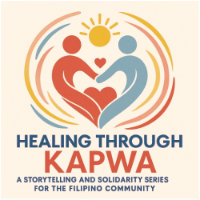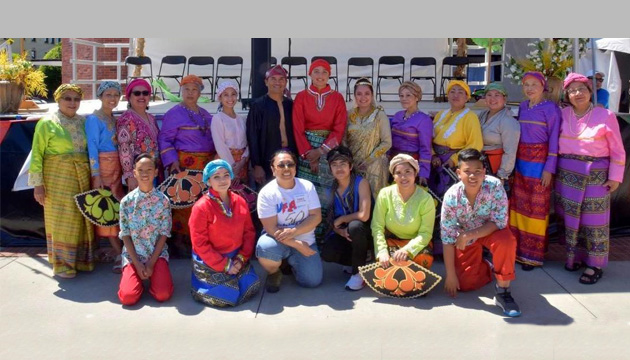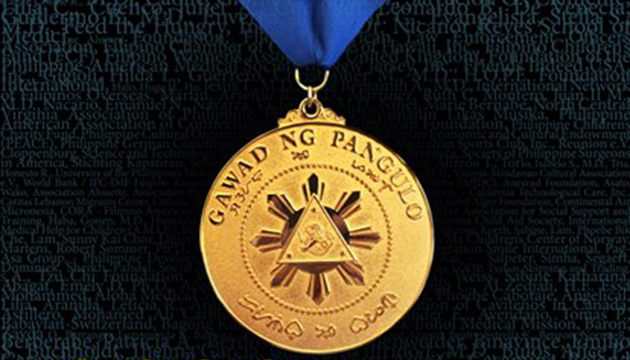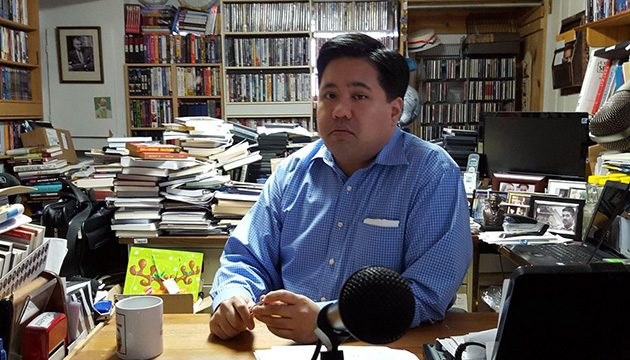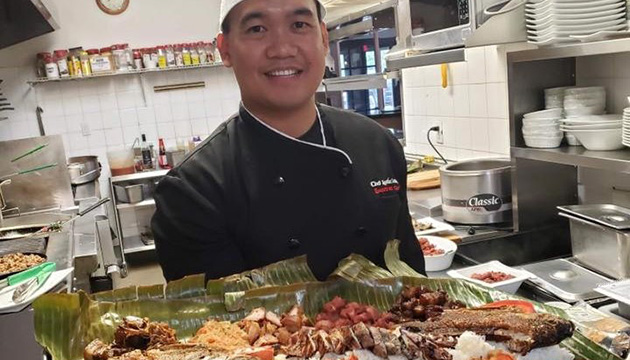A recent census showed that Canada is home to over 4.6 million people of Asian heritage out of a total population of about 36 million.
More than 15 percent of the country's population identifies as being of Asian descent. The Asian continent, the most populous, is the largest source of new immigrants to Canada today. And the Philippines, as the only Catholic country in Asia, has contributed immensely to the fast-growing Catholic population of Canada. Canadian Filipinos have filled up once empty churches and introduced their religious traditions, such as Salubong and Simbang Gabi, to parishes attended by many Filipinos.
According to the 2016 Census, Filipinos in Canada number 837,130. They represent 2.3 percent of the Canadian population. Based on this 2016 Census results, Filipinos comprise the fourth largest visible group in Canada. Their national language, Tagalog, is the fastest growing language in the country. As such they can shape the country’s character and heritage in more ways than ever before.
The history of Asian immigration in Canada can be traced back to more than 150 years ago when Chinese workers arrived in the west coast and joined the workers to build the Pacific Railway in the mid-nineteenth century. Since then Asian Canadians not only physically helped to build Canada, but also culturally enriched its diversity, which has become an important and admired characteristic of Canada worldwide.
Asian immigrants, however, have experienced varying levels of racism throughout Canada’s history. Currently, many Filipino workers come through the government’s Temporary Foreign Workers Program (TFWP) which has been greatly expanded over the last decade. They have limited pathways to permanent residency and citizenship and do not have the same access to labour standards, benefits and other protections that other workers in Canada have. Their jobs are low-paying and precarious, and force them to be tied to a specific employer, which leaves them open to abuses with little oversight.
Of Dreams and Hardships
Although significant Filipino immigration to Canada started only in the 1960s, Filipinos now constitute the largest group of Southeast Asian Canadians. The Philippines also ranked first as country of birth among people who immigrated to Canada between 2011 and 2016. Since 1992, Filipinos have consistently ranked first in the “independent immigrants” category, a group selected on the basis of skills and ability to contribute quickly to Canadian society and the Canadian economy. In 2014, the Philippines became the principal source of immigrants to Canada, which welcomed more than 40,000 permanent residents from that country that year.
The story of Filipino immigration to Canada is one of dreams, hardships, sacrifices, resilience, survival and eventual success. Many Filipinos have had to work hard to bring their immediate families to Canada. Oftentimes, they first come as TFWP workers, leaving spouses and children behind. They can bring their families to Canada only when they become permanent residents. But many years of separation takes a toll on family relationships and many problems ensue.
The Filipino Community Profile
Statistics Canada’s profile of the Filipino community shows a young population of more women than men, the large majority of whom are Catholic. Almost all can converse in an official language (English), only a few live alone, especially among seniors, most have a university degree, most live in urbanized areas and most are employed.
Filipinos arrive ready to contribute their talents and skills to Canada’s progress. In addition they bring to Canada their rich cultural heritage in the arts and religious traditions, in food, music and dance. They contribute to every aspect of life in Canada — artistic, cultural, economic, political and social — from the arts and sciences to sports, business, and government.
As they transition from being Filipinos to becoming Canadian Filipinos, it is through their personal and social relationships that they show and share their innate Filipino values that identify them as Filipinos: compassion, gratitude, kindness, honesty, hospitality, respect for the aged and their deep seated commitment to family honor and the church.
Filipinos value honor and dignity more than wealth; they cherish education and dream of their children with professional careers. They care for their elders at home and consider putting them in institutions a dishonor to the family. They avoid conflict by being sensitive to the feelings of others. They smile through hardships because their religion sustains them. As warm, cheerful helpful and outgoing people who tend to socialize outside their ethnic group, Filipinos can be a unifying force in the community and eradicate racial barriers between peoples of different nationalities that make up Canada’s society today.
By Eleanor R. Laquian for
The CFNet Editorial Board
Contact us at:


